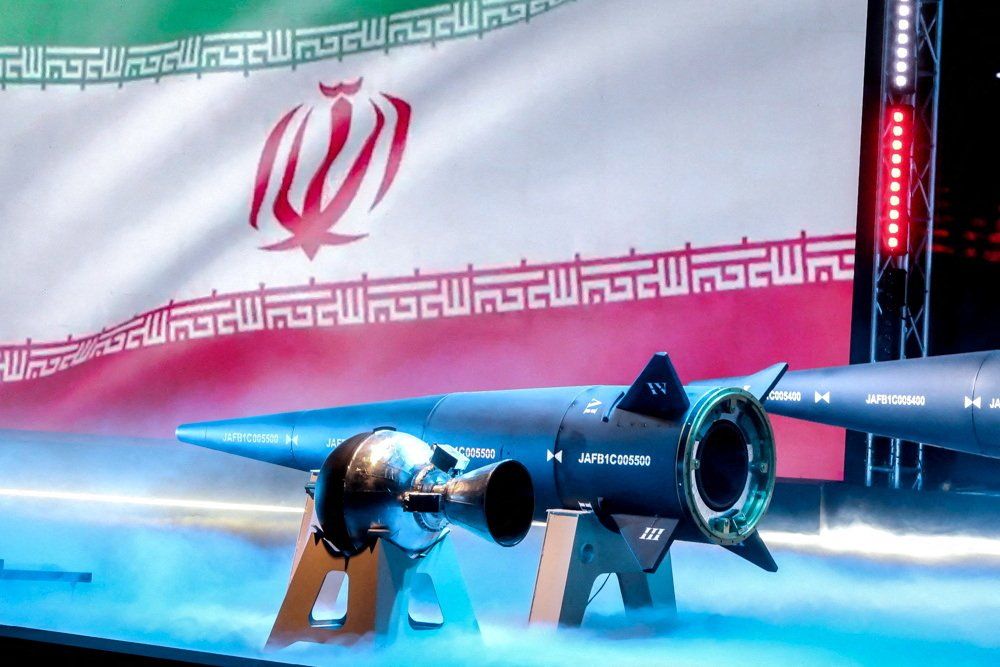The Islamic Republic of Iran claims to have developed its first hypersonic missile. At a showy military ceremony usually reserved for North Korean and Russian despots, President Ebrahim Raisi said that the new weapon proved that Iran’s “deterrent power has been formed.”
Crucially, the Iranians claim that the mid-range weapon capable of striking Gulf states can fly at 15 times the speed of sound. For context, a weapon is defined as hypersonic if it travels at between 5-25 times the speed of sound.
Tehran claims that no missile defense system can intercept its new weapon – dubbed Fattah, meaning “conqueror” in Farsi – but that depends on a range of factors, including the missile’s maneuverability. Many Gulf states use the Patriot missile defense system that are apt at targeting ballistic missiles on an unmoving trajectory. Israel, for its part, also has its own suite of missile defenses for these types of weapons.
To be sure, Iranian officials showed no proof on Tuesday that Fattah had been successfully fired, and they’ve claimed in the past to have had a similar weapon that hasn’t yet materialized.
The US and China are reportedly working on their own hypersonic arsenals, though Russia appears to already have developed them. (Ukraine, for its part, claimed in May to have shot them down with a Western-delivered Patriot battery.)
The timing of this grand reveal – that will put the US, Israel, and Gulf states on edge – is strange, coinciding with Iran reopening its diplomatic mission in Saudi Arabia after a years-long feud.More For You
Mastercard Economic Institute's Outlook 2026 explores the forces redefining global business. Tariffs, technology, and transformation define an adaptive economy for the year ahead. Expect moderate growth amid easing inflation, evolving fiscal policies, and rapid AI adoption, driving productivity. Digital transformation for SMEs and shifts in trade and consumer behavior will shape strategies worldwide. Stay ahead with insights to help navigate complexity and seize emerging opportunities. Learn more here.
Most Popular
Think you know what's going on around the world? Here's your chance to prove it.
Less than one day after US President Donald Trump declared a military blockade of sanctioned oil tankers from Venezuela, he addressed the nation during a rare primetime speech – but didn’t talk about Venezuela.
Indian Prime Minister Narendra Modi isn’t necessarily known as the greatest friend of Muslim people, yet his own government is now seeking to build bridges with Afghanistan’s Islamist leaders, the Taliban.
